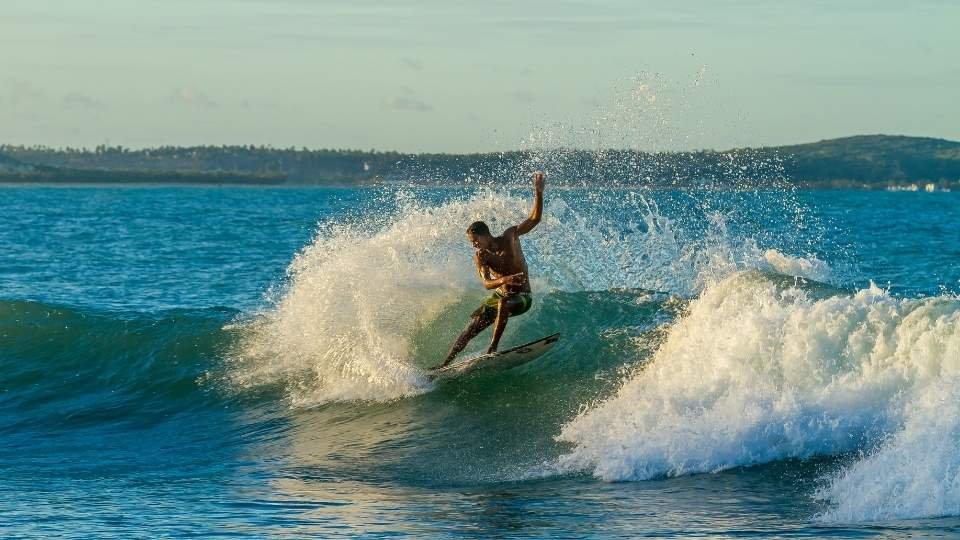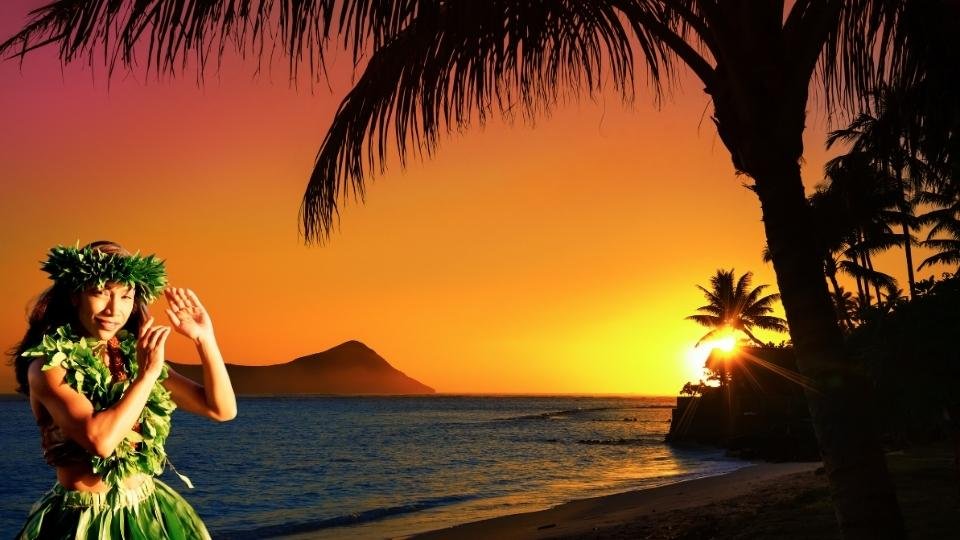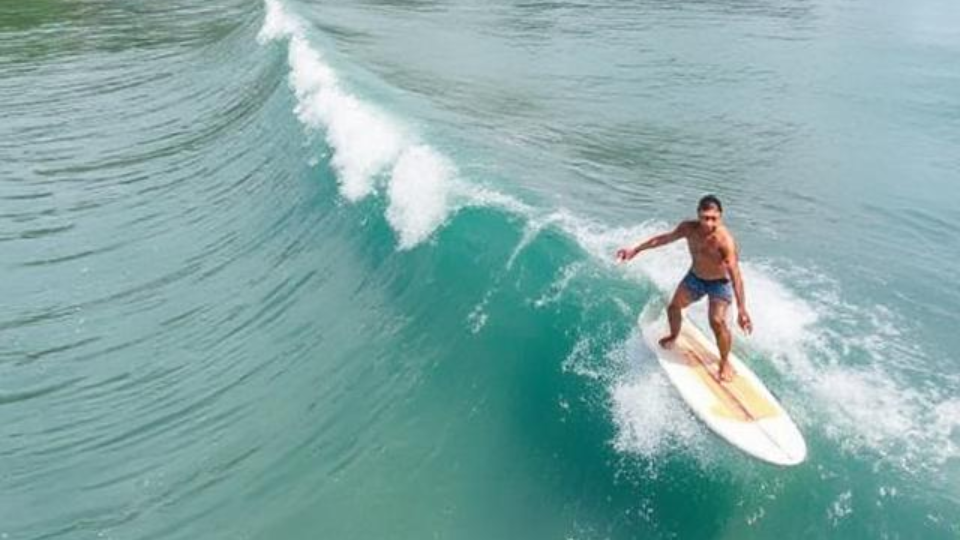
Planning a trip to Bali and wondering about the weather? One of the most important things to consider before you go is when Bali rainy season starts and ends. While Bali is a top destination year-round, the island’s rainy or wet season brings a unique atmosphere that many travelers love — if they come prepared.
In this guide, you’ll learn when the rainy season in Bali occurs, what to expect during these months, and tips for making the most of your Bali vacation, even if it rains. Whether you’re chasing waterfalls, booking a honeymoon, or just trying to avoid the crowds, this article covers everything you need to know.
When is Bali’s Rainy Season?
Bali’s rainy season typically runs from November to March, with December and January being the wettest months. This season is driven by the western monsoon winds, which carry moisture from the Indian Ocean. These winds bring short, intense tropical rainstorms, often in the late afternoon or evening.
It’s important to note that rain in Bali doesn’t usually last all day. Mornings are often clear and sunny, which means you can still enjoy outdoor adventures like surfing, hiking, or exploring temples if you plan your schedule wisely.
What the Rainy Season in Bali Really Feels Like
Here’s what you can realistically expect if you visit Bali during the wet season:
- Short tropical downpours: These can last from 30 minutes to a few hours. They’re often refreshing and followed by sunny breaks.
- Higher humidity: Bring breathable, lightweight clothing and stay hydrated.
- Mosquitoes: Due to increased moisture, mosquito activity increases. Don’t forget insect repellent.
- Greener landscapes: The island comes alive during the rainy season. Rice terraces are vivid green, and waterfalls flow at full strength.
If you’re a nature lover or photographer, Bali in the rainy season offers some of the island’s most dramatic and beautiful scenes.
Is It a Good Idea to Visit Bali During the Rainy Season?
Absolutely — depending on your travel style. While most tourists prefer the dry season (April to October), the Bali rainy season offers unique advantages:
1. Lower Prices and Fewer Crowds
Flights, accommodations, and tours are significantly cheaper. You can often find luxury villas at half the price, and popular attractions are far less crowded.
2. Peaceful, Spiritual Vibe
With fewer tourists, Bali feels more serene. It’s a great time for yoga retreats, wellness travel, or digital nomads seeking quiet time.
3. Cultural Experiences
Bali’s religious and cultural ceremonies continue throughout the year. If you’re in Bali around Galungan and Kuningan (usually between December and February), you’ll witness some of the island’s most important spiritual celebrations.
Best Places to Visit During Bali’s Rainy Season
Not every part of the island is equally affected by rain. Here are some top spots that still shine during the wet months:
- Ubud: Surrounded by jungle and rice fields, Ubud becomes even more mystical in the rain. It’s perfect for spa days, art galleries, and traditional Balinese cooking classes.
- Seminyak & Canggu: These coastal areas still enjoy sunny mornings and have amazing cafés for cozy indoor escapes.
- East Bali (Keramas Beach): Ideal for surfing during the wet season, especially when the west coast gets too windy.
- Sidemen: A peaceful valley village with stunning views, authentic Balinese culture, and fewer tourists.
What to Do in Bali When It Rains
Rainy days in Bali are far from boring. Here are some rainy season-friendly activities:
- Visit Ubud’s museums or art studios
- Take a Balinese cooking class
- Enjoy a traditional spa treatment
- Attend a temple ceremony or dance performance
- Spend a lazy afternoon at a cozy café with a jungle view
Remember, many of these experiences feel more intimate during the rainy season because there are fewer people around.
Tips for Traveling to Bali During the Rainy Season
- Pack a Travel Umbrella or Rain Jacket
You’ll be glad you brought it when a sudden storm rolls in. - Start Your Day Early
Mornings are often drier and sunnier, so get out and explore before the afternoon showers hit. - Stay in Comfortable Accommodations
Look for places with covered balconies, indoor lounges, or even bathtubs — perfect for enjoying the sound of rain. - Be Flexible with Your Itinerary
Rain can change your plans. Leave space in your schedule for last-minute adjustments. - Check the Forecast, But Don’t Stress Over It
Weather apps may show rain all week, but it usually won’t rain all day. Trust the rhythm of the tropics.
Will Climate Change Affect Bali’s Rainy Season?
It already has in some ways. Over the past few years, Bali’s weather patterns have become more unpredictable. Sometimes, the rainy season starts late or ends early. In other years, heavy rains might come in short bursts even during the dry season.
This unpredictability means it’s best to prepare for a mix of conditions no matter when you visit. A flexible mindset — and a good pair of sandals — will take you far.
Final Thoughts: When Bali Rainy Season is Worth It
If you’re asking when Bali rainy season happens, now you know: it typically runs from November through March. But more than just dates on a calendar, the wet season in Bali offers a different kind of island experience — one that’s slower, more intimate, and beautifully alive.
Whether you’re sipping hot ginger tea in a jungle café, watching lightning over the ocean, or walking through misty rice fields, the rainy season reveals a quieter, moodier side of Bali that many travelers never get to see.
So don’t write off Bali just because it might rain. Embrace it — and you may just discover the island’s most magical moments.









